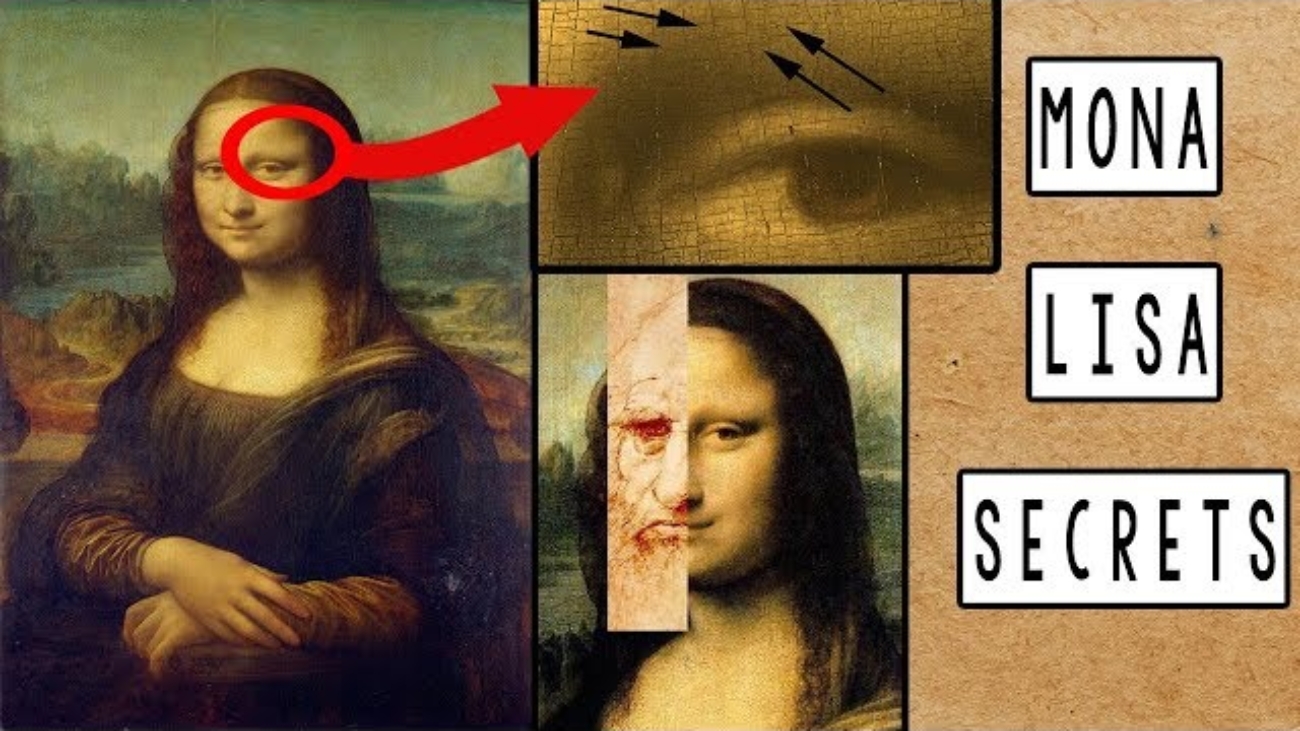fEven one of the most famous paintings in the world, the Mona Lisa, can still surprise us with its secrets. Recent scientific exploration reveal hidden insights into Leonardo da Vinci’s artistic process, suggesting that the genius artist continually experimenting with his work.
X-Rays Reveal Distinct Chemical Composition
Scientists use X-ray analysis to delve into a minuscule speck of the Mona Lisa, shed light on the painting’s chemical structure. Their findings indicate that Leonardo da Vinci employe a unique chemical composition for the oil paint in the base layer of the iconic artwork. This composition distinguishes it not only from other Leonardo works but also from those of his renown contemporaries.
Plumbonacrite: A Rare Compound
The significant discovery in the Mona Lisa is the presence of a rare chemical compound known as plumbonacrite. This finding substantiat a long-held theory among art historians that Leonardo use lead oxide powder to enhance the thickness and drying process of the painting’s layers.
Leonardo’s Unceasing Experimentation
Leonardo da Vinci renown for his insatiable curiosity and innovative spirit. Each of his paintings demonstrates a distinct technical approach, showcasing his continual experimentation with various methods and materials. The unique technique observe in the ground layer of the Mona Lisa exemplifies his boundless creativity.
Unveiling the Invisible Speck
What makes this discovery even more remarkable is the fact that the speck of paint under investigation nearly invisible to the nake eye, with a thickness smaller than a strand of hair. Scientists employe cutting-edge technology, including a synchrotron, to analyze the atomic structure of this minuscule remnant.
A Treasure Trove of Artistic History
While the presence of plumbonacrite in the Mona Lisa is rare, it’s not the first time this compound detect in works by Old Masters. The research team by Victor Gonzalez, previously identify plumbonacrite in a painting by Rembrandt. This suggests that similar paint recipes may pass down through the centuries, offering a fascinating glimpse into the share techniques and knowledge of artists throughout history.
The Ongoing Quest for Artistic Discoveries
Victor Gonzalez and his team stress that there are still countless discoveries waiting made in the world of art history. They view their recent revelation as just a small piece of the puzzle, with many more exciting revelations on the horizon. As we continue to explore and study masterpieces from the past, we are bound to uncover additional “little bricks” of knowledge that deepen our understanding of art and the artists who create it.
